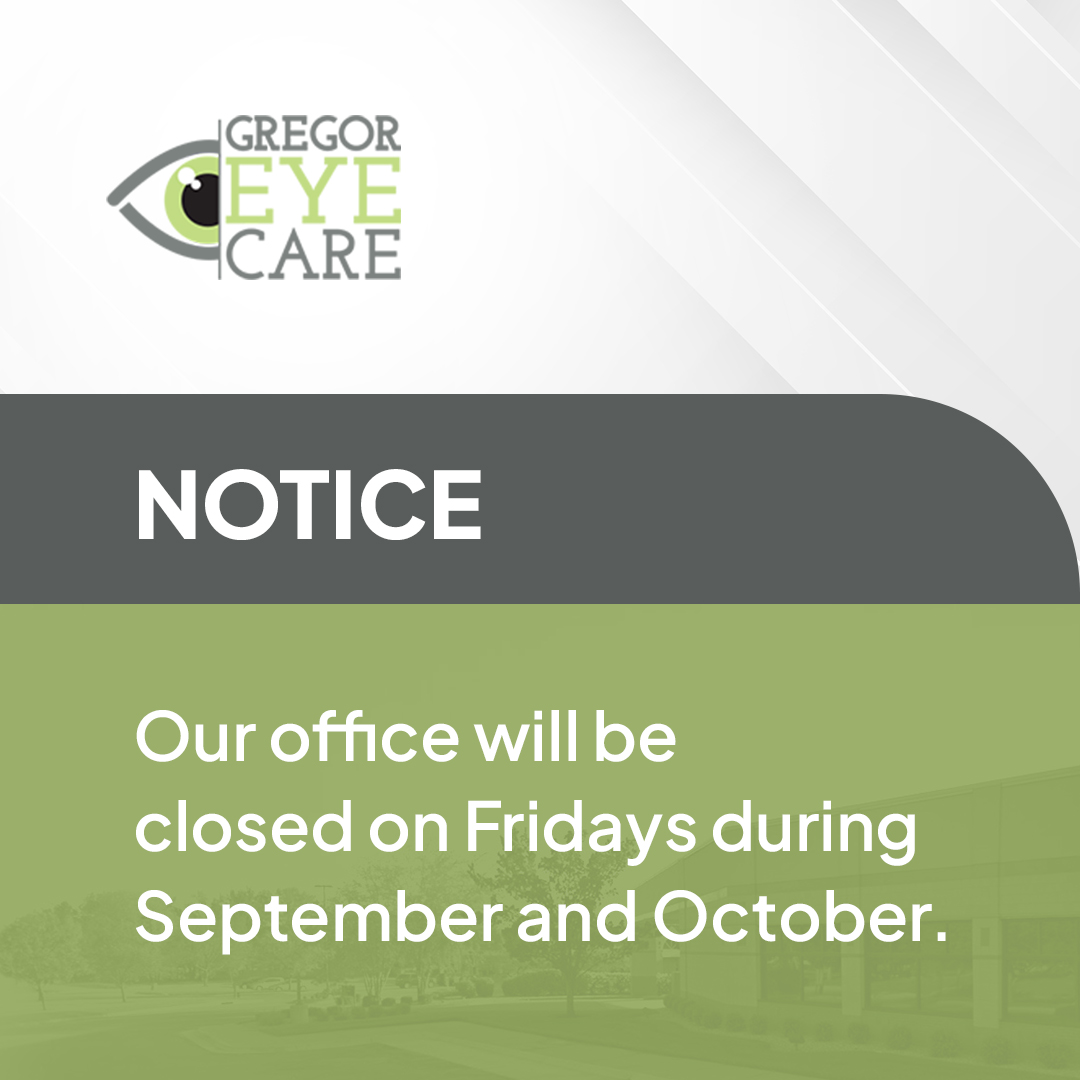
Glaucoma is often associated with a build-up of pressure inside the eye, known as intraocular pressure. However, it can also occur in eyes with normal pressure. It's a complex disease with various forms and a range of possible symptoms and risk factors. Unfortunately, because early stage glaucoma often presents no noticeable symptoms, many people are unaware they have the condition until significant vision loss has occurred.
Understanding the Symptoms of Glaucoma
Glaucoma is a sneaky disease, often termed the "silent thief of sight". This is because the most common type of glaucoma, primary open-angle glaucoma, usually has no noticeable symptoms in its early stages. As the disease progresses, however, you may begin to notice a gradual loss of peripheral (side) vision, often in both eyes. Over time, this can narrow down to tunnel vision in the advanced stages of the disease.
Contrarily, acute angle-closure glaucoma, a less common form of the disease, has more noticeable symptoms. These can include severe eye pain accompanied by nausea and vomiting, sudden onset of visual disturbance, often in low light, blurred vision, halos around lights, and reddening of the eye. It's important to remember that these symptoms require immediate medical attention.
There are also secondary glaucomas, caused by other medical conditions or medications. The symptoms can vary depending on the underlying cause, but they often mirror those of primary glaucoma. When it comes to glaucoma, the lack of early symptoms means regular eye check-ups are vital, especially if you have any risk factors for the disease.
Risk Factors for Glaucoma
Several risk factors may increase your chances of developing glaucoma. Age is one significant factor, with the risk of glaucoma increasing significantly after the age of 60. Other risk factors include a family history of glaucoma, African or Hispanic heritage, high myopia (nearsightedness), diabetes, heart diseases, and high blood pressure.
Previous eye injuries or certain types of eye surgery can also increase your risk. Also, prolonged use of corticosteroids, especially eye drops, can lead to secondary glaucoma. While everyone is at risk for glaucoma, these factors can significantly increase your chances of developing the disease.
It's important to note that having a risk factor for glaucoma doesn't guarantee you'll develop the disease. It merely increases your risk. Regular eye exams are crucial, especially if you have multiple risk factors.
The Importance of Early Diagnosis in Glaucoma
The key to preventing serious vision loss or blindness from glaucoma is early detection and treatment. Because early-stage glaucoma often has no symptoms, regular, comprehensive eye exams are crucial for early detection, especially for individuals at high risk.
During these exams, your ophthalmologist will measure your intraocular pressure, inspect your eye's drainage angle, examine your optic nerve for damage, test your peripheral vision, and take a picture or computer measurement of your optic nerve. They may also measure the thickness of your cornea.
These tests are painless and can help detect glaucoma in its early stages before significant vision loss occurs. If detected early, treatment can often slow or prevent further vision loss.
Medical Treatments for Glaucoma
Medical treatment for glaucoma primarily involves the use of eye drops. These are designed to either decrease the amount of fluid the eye produces or increase its outflow, thus reducing intraocular pressure.
Oral medications may also be prescribed, especially if eye drops alone are not sufficient to lower the eye pressure. However, like all medications, these treatments can have side effects, so it's important to discuss this with your doctor.
Glaucoma medications are typically prescribed with the intention of long-term use. It’s critical to adhere to the prescribed medication schedule without missing doses. Glaucoma is a lifelong disease and consistent, ongoing treatment is imperative to manage it effectively.
Surgical Treatments for Glaucoma
When medications don't adequately control the intraocular pressure, surgical treatments may be considered. These procedures aim to increase the outflow of fluid from the eye or decrease its production to reduce intraocular pressure.
Laser surgeries like trabeculoplasty, iridotomy, and cyclophotocoagulation are commonly used. More invasive surgeries like trabeculectomy or the insertion of drainage implants may be warranted in more severe cases.
While these procedures can be very effective, they also carry potential risks and complications, like any surgical procedure. It's important to discuss these risks with your ophthalmologist before deciding on a course of treatment.
Conclusion
Glaucoma is a serious eye condition that can lead to irreversible vision loss if not detected and treated early. While it often presents no noticeable symptoms in its early stages, understanding the risk factors and potential symptoms can help in catching the disease early.
Treatment options for glaucoma are diverse, ranging from medications to surgical interventions. While no treatment can cure glaucoma, they can significantly slow its progression and prevent further vision loss.
Early detection through regular comprehensive eye exams is your best defense against glaucoma. If you have any concerns about glaucoma or if you're at risk, don't hesitate to consult with an optometrist.
For more information on the symptoms, risk factors and treatment for glaucoma, contact Gregor Eye Care at our office in Overland Park, Kansas. Call (913) 685-0212 to book an appointment today.









